

Matt Campbell
2025 Porsche 911 Carrera T review
5 Days Ago

News Editor
Ford CEO Jim Farley says the company could “of course” engineer the Jeep Wrangler-rivalling Bronco for right-hand drive, but right now it’s too busy clearing its order backlog, principally from North America.
That theoretically applies as well to the Bronco Sport, a crossover that shares its bones with the Escape but has been designed to look more like the rugged Bronco.
Mr Farley said the company needed to invest in production capacity if it wanted to sell the Bronco – which uses the same T6 ladder-frame platform as the Aussie-developed Ranger and Everest – if it wanted to take the car properly global a la the Mustang.

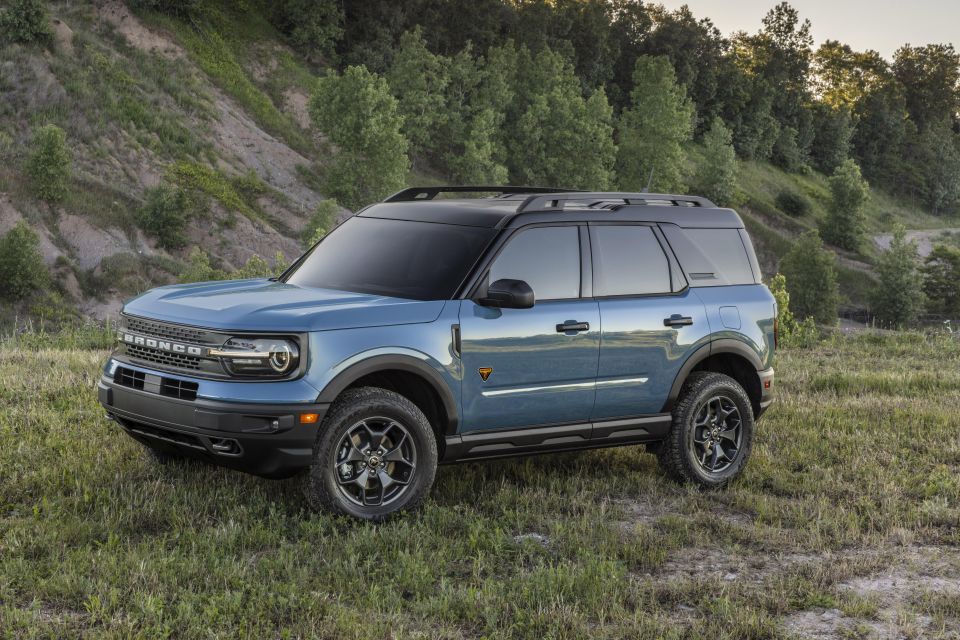
“We could do Bronco and Bronco Sport for the globe for sure. But we have like a year or two of orders for now, we have a lot of work to do with capacity before we can even consider that,” Mr Farley told CarExpert.
“Of course it can be engineered, like Mustang, but we have to invest in the capacity.”
He noted the company has been busy rolling out the entire Bronco range since its initial launch in 2021, with the Everglades and Raptor the latest additions.
“We’re still in the first or second inning… So give us some time,” he added.
The Bronco is a two- or four-door, body-on-frame off-roader with retro styling and a range of petrol engines.
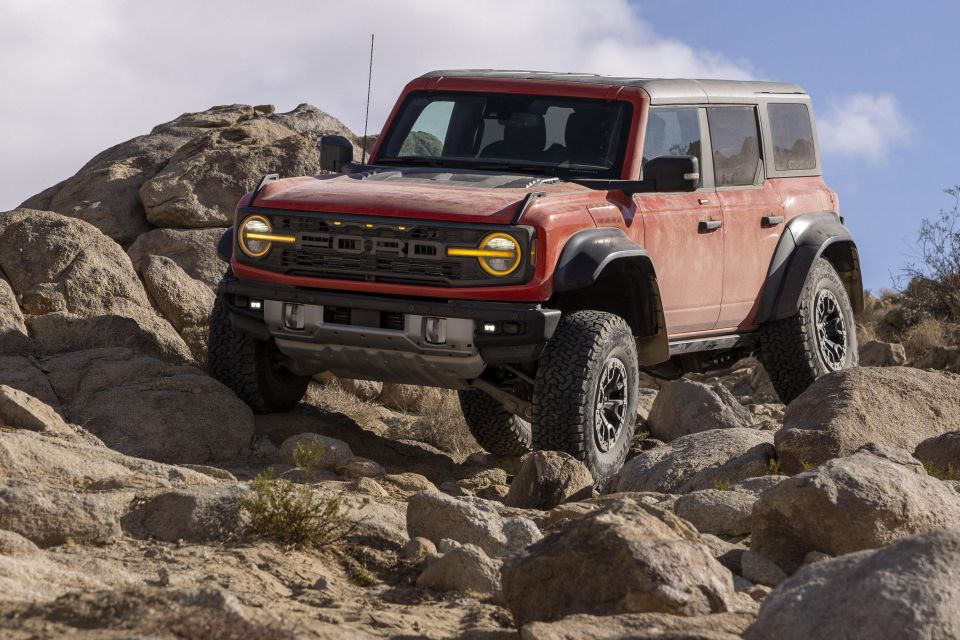
The base turbocharged 2.3-litre four-cylinder engine produces 205kW of power and 427Nm of torque and is mated to either a seven-speed manual or 10-speed automatic transmission, while the twin-turbocharged 2.7-litre V6 makes 235kW and 556Nm and is available only with the auto.
The Raptor, revealed this year, packs the same twin-turbocharged 3.0-litre V6 as the Ranger Raptor, albeit with 312kW and 597Nm – 20kW and 14Nm more than the ute.
Both two- and four-door models feature removable roof panels for all passengers, along with removable quarter window panels while the hardtop is in place. A soft top is standard on the four-door model.
The removable doors are frameless, something Ford touts as a class-exclusive.
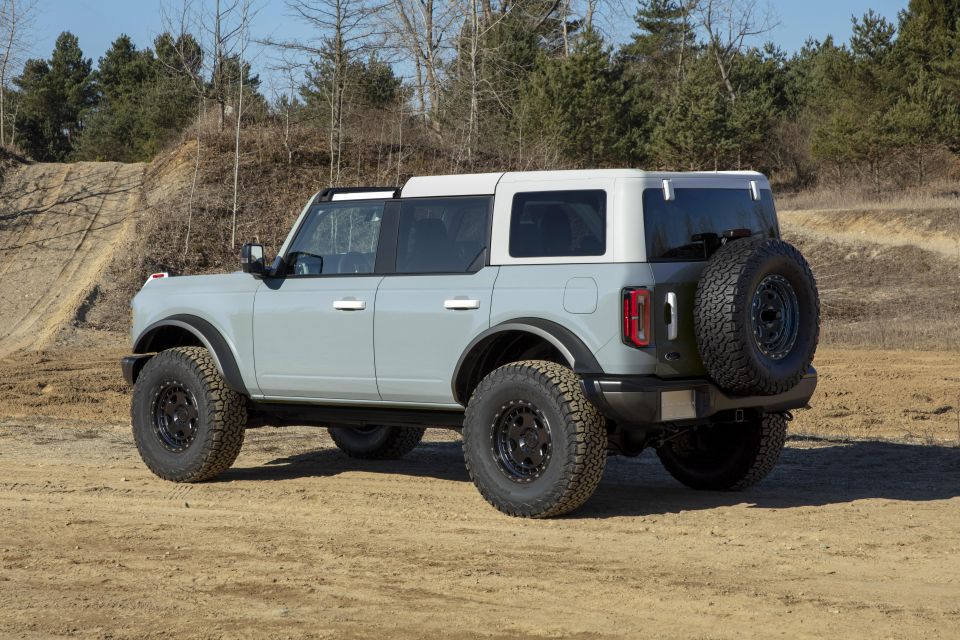
Two four-wheel drive systems are offered across the range. The less advanced of the two features a two-speed electronic transfer case, while the “advanced” setup gains an automatic mode capable of moving between modes depending on what’s required.
There’s a Dana 44 solid rear axle and an independent Dana front-differential unit, although Spicer Performa-TraK electronic differential locks are available.
The four-door Bronco Raptor builds on these off-road credentials with an upgraded rear axle, position-sensitive damping with Fox 3.1 internal bypass semi-active dampers, greater torsional rigidity and 122mm more ground clearance than the base four-door.
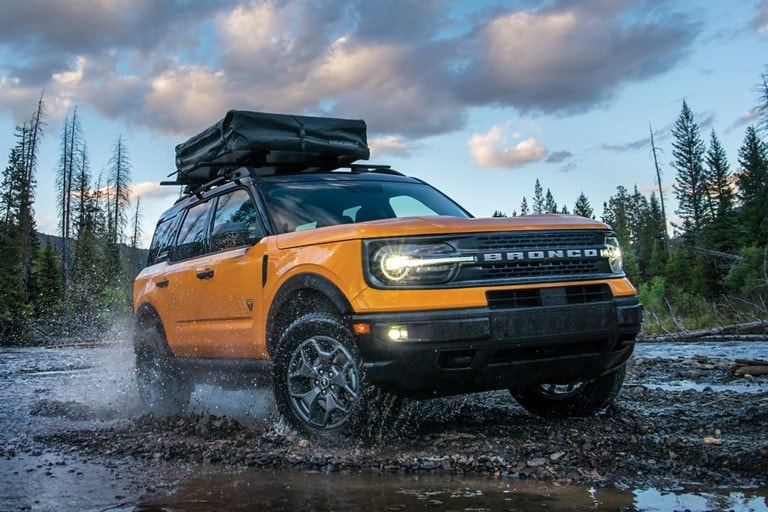
The Bronco Sport is a less rugged vehicle, though its Bronco-inspired styling has helped it rise up the sales charts.
According to Carsalesbase, in the first half of 2022 it was the 10th best-selling vehicle in its segment, just behind the related Escape.
It’s available only with all-wheel drive and an eight-speed automatic, though there’s a choice of a 135kW/260Nm turbocharged 1.5-litre three-cylinder engine and a 183kW/373Nmturbocharged 2.0-litre four-cylinder engine.
A set of G.O.A.T. (Go Over Any Terrain) off-road modes feature.
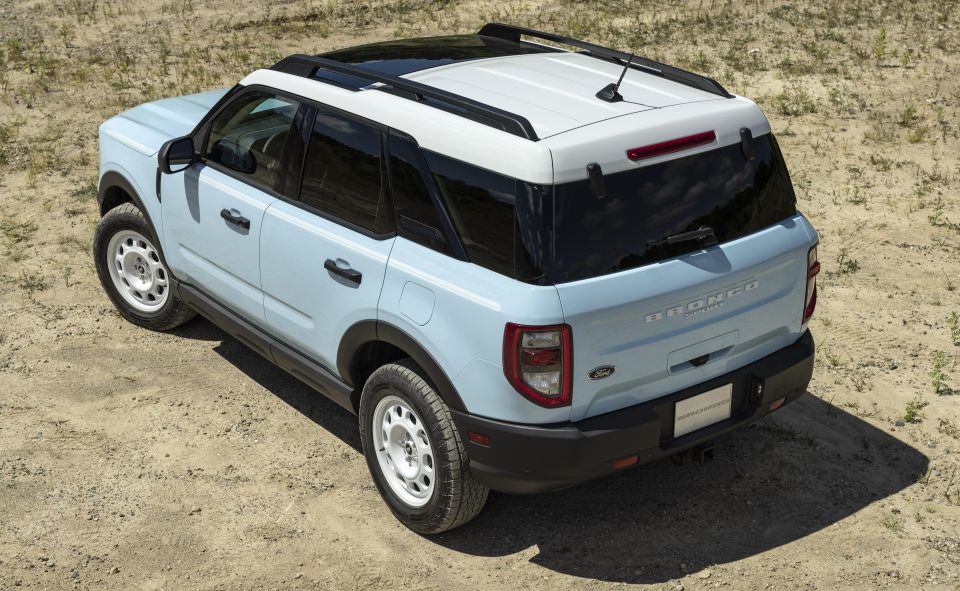
The flagship Badlands upgrades to a twin-clutch all-wheel drive system with a differential lock, designed to mimic a proper mechanical diff.
It’s also capable of shifting torque to either wheel on the rear axle depending on where the traction is.
There’s also an off-road cruise control system capable of keeping the car below 32km/h going forward and 10km/h in reverse.
Following the discontinuation of the slow-selling EcoSport and Endura, Ford Australia currently offers three SUVs: the European-sourced Puma and Escape, as well as the large Everest.
That leaves a wide range of North American SUVs out of reach, including the large, unibody Explorer, and even larger body-on-frame Expedition.
Where expert car reviews meet expert car buying – CarExpert gives you trusted advice, personalised service and real savings on your next new car.
William Stopford is an automotive journalist based in Brisbane, Australia. William is a Business/Journalism graduate from the Queensland University of Technology who loves to travel, briefly lived in the US, and has a particular interest in the American car industry.


Matt Campbell
5 Days Ago


James Wong
4 Days Ago


Max Davies
3 Days Ago


Josh Nevett
2 Days Ago


Josh Nevett
1 Day Ago
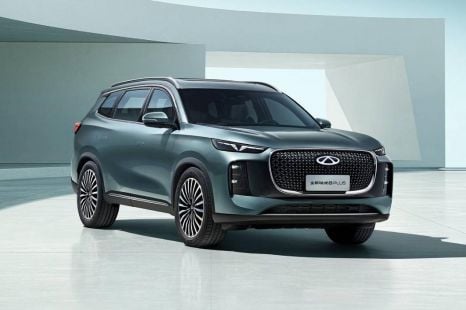

William Stopford
11 Hours Ago